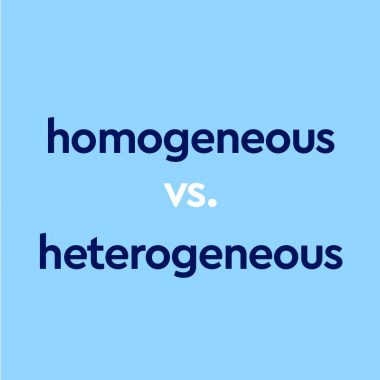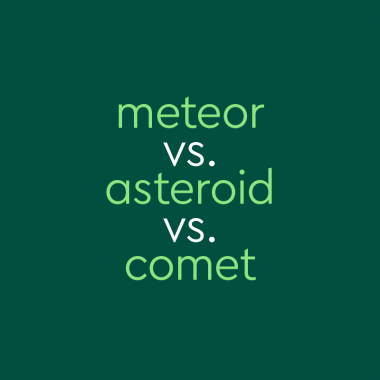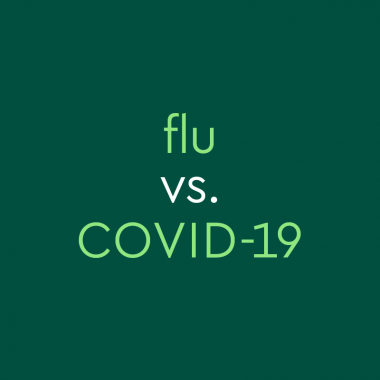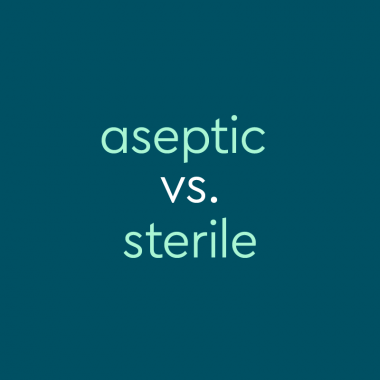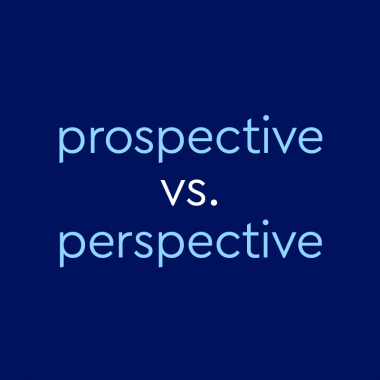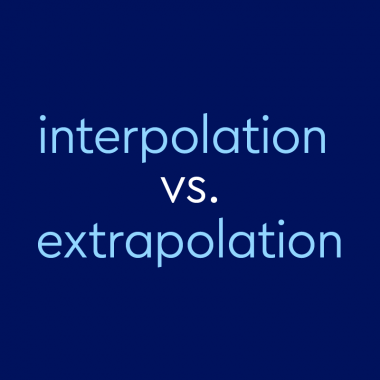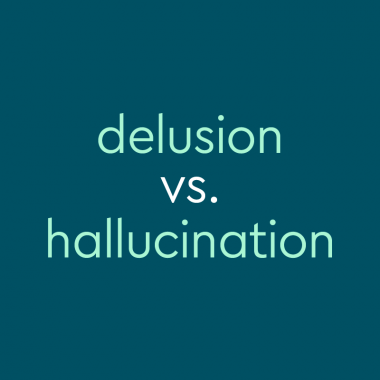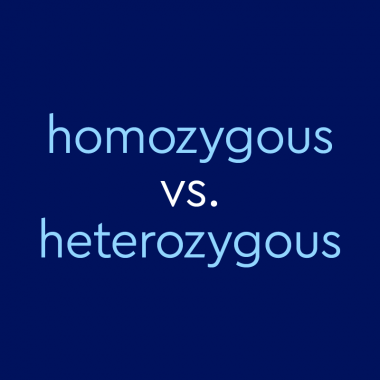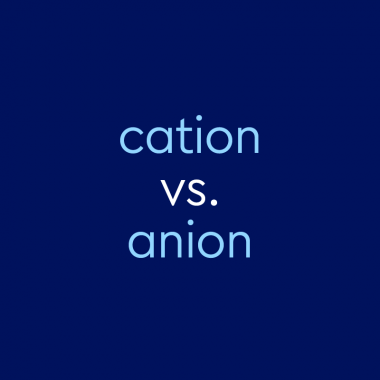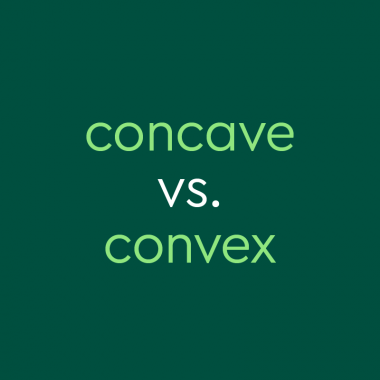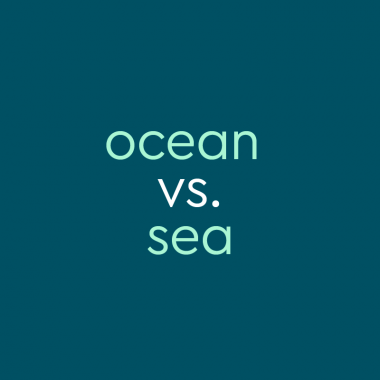Homogeneous vs. Heterogeneous: What’s The Difference?
The words homogeneous and heterogeneous are often used in scientific contexts to describe kinds of mixtures, but they can be also used in other ways, such as to describe groups of people. But what do they actually mean, and what is the difference? In this article, we’ll define homogeneous and heterogeneous, break down the differences between them, and provide some examples of the different things …
